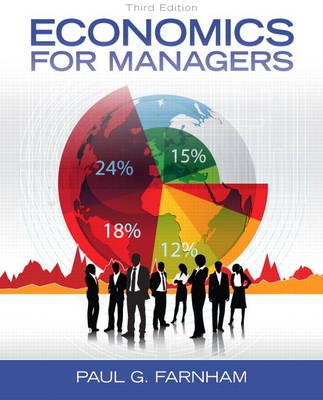
THE ECONOMIC ENVIRONMENT OF BUSINESS
 |
| Spring 2017 |
 |
Graduate (S) Business Administration 509 THE ECONOMIC ENVIRONMENT OF BUSINESS |
|
|
|
| | HOME | SYLLABUS | CALENDAR | ASSIGNMENTS | ABOUT PROF. GIN | |
|
E. Industry Analysis
.
. . . . . . . . . . .
.
.
.
|